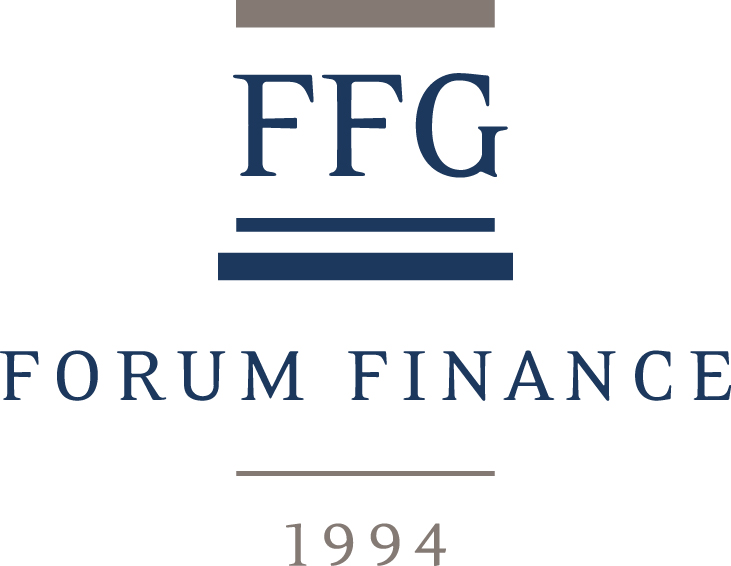Newsletter | December 2021
A NEW COVID VARIANT AND A MORE HAWKISH FED SPOOK THE MARKETS
– 20.8% A PLUNGE OF WTI OIL PRICES IN NOVEMBER
Investment perspective
Following a positive start to the month, global equities ended November on a very weak note as investors were spooked by the discovery of a new Covid variant, Omicron, in southern Africa. This late-month news was compounded by Jerome Powell’s more hawkish tone, indicating his willigness to speed up the Fed’s tapering. The MSCI World Index in local currencies fell by 1.6%, with European equities underperforming and US equities proving to be much more resilient. In a risk-off market environment towards the end of the month, government bond yields tumbled. 10-year Treasury yields declined from a month-high of 1.66% to 1.44% and 10-year Bunds ended the month 0.24% lower at – 0.35%. A most dramatic move of oil prices was also observed in November. Concerns over weaker demand due to lockdowns in Europe and the new Covid variant pushed the price of a barrel of WTI oil 21% lower.
At a time when markets were already under stress due to concerns about the effectiveness of vaccines to tackle the new Omicron strain, the Federal Reserve’s Chair, Jerome Powell, signalled his support for a faster withdrawal of the central bank’s asset purchase programme. During his first testimony to Congress following his nomination for a second term, Powell proved to be significantly more hawkish on inflation than previously. His comments led to a further drop of equity markets, especially as investors had wagered that the Federal Reserve would take a more patient approach to raising rates due to the emergence of the new Omicron variant. The shifts of expectations relative to rate hikes were reflected by the whipsaw of 2-year Treasury yields during the month. After initially declining from 0.49% to 0.4%, they then spiked up to 0.64% before ending November at 0.5%.
Investment strategy
In view of the high uncertainty surrounding the latest Covid variant, we have decided to stay the course and not take any rash decisions. Based on previous episodes when new Covid variants were discovered, market drawdowns proved to be limited and fleeting. We are unable to predict the effective-ness of the current vaccines against the Omicron strain, we thus prefer to focus on the underlying fundamentals at both a macro and corporate level and continue to invest for the longer term. We do, however, fully expect markets to remain more volatile than they have been throughout most of 2021. The portfolios are well diversified and not reliant on one par-ticular investment style, especially as significant market rotations are likely to remain a factor in the near term.
Volatility has remained high in the bond markets as investors try to take account of a more hawkish Federal Reserve at a time when Covid-related uncertainty has risen. Our base case scenario is still for yields to gradually increase in the months ahead and our overall duration risk is low. Our focus is on high-yield credit, senior secured loans, convertible bonds, as well as emerging market corporate debt.
MARKETS TO REMAIN CHOPPY AS UNCERTAINTY RISES AND FED TURNS MORE HAWKISH
Portfolio Activity/ News
After getting off to a strong start, November turned out to be a negative month for portfolios. US Small Caps, European Value, the CTA trend-following strategy, the Multi-thematic fund, EM growth and healthcare equities were the main detractors. On the positive side, the best contributions were provided by the global technology fund, US growth, metal mining equities, and the Japanese growth exposure. For non-USD denominated portfolios, the appreciation of the dollar was also a positive contributor. Most fixed-income positions ended the month with modest variations, except for the EM corporate debt fund which extended its decline observed since the end of August, in large part due the crisis in the Chinese real estate sector. The fund remains a top performer within its peer group over different periods, nevertheless, and the manager is confident of the opportunities ahead. We consider this position to be the one providing the most potential within the fixed-income asset class.
Apart from the CTA strategy, other hedge funds were stable and showed their usefulness within the portfolios. The poor performance of the trend-following strategy was the result of the sudden reversal of bond yields, weaker equities and a widening of credit spreads. This kind of return pattern is well understood and is to be fully expected when well-entrenched trends reverse brutally. Were these trends to invert more permanently, this systematic strategy would then adjust its exposures accordingly. End
Download the Newsletter
